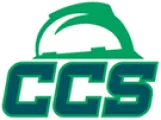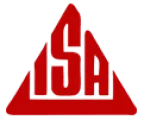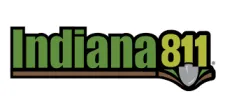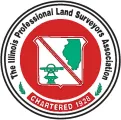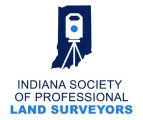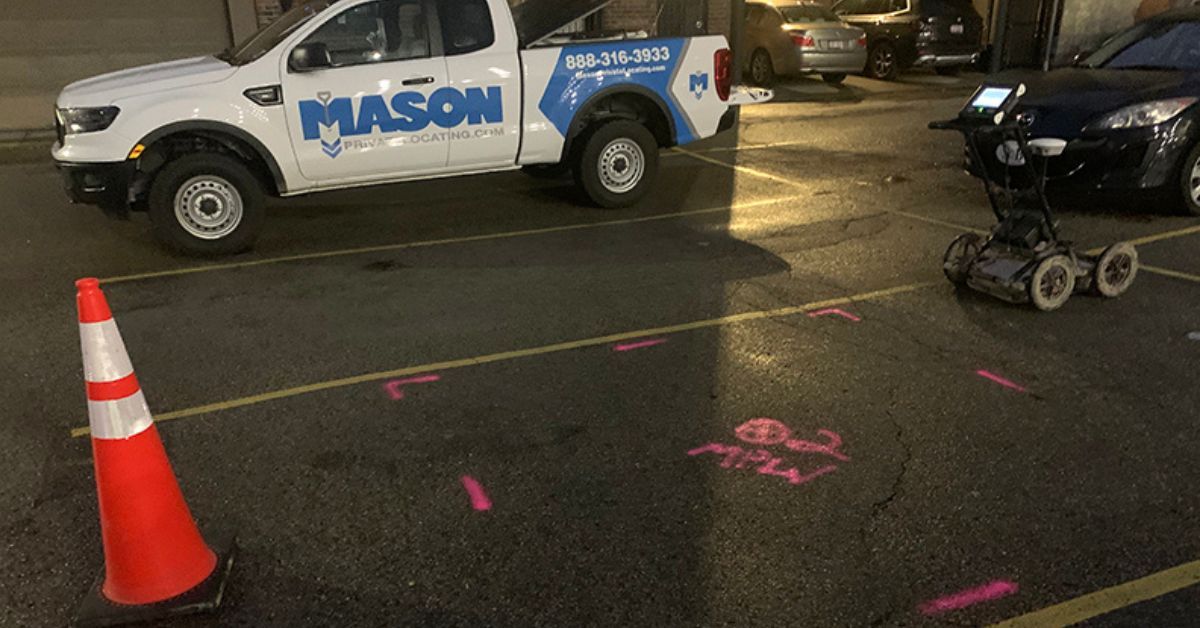
Utility mapping is an indispensable service for many industries. With underground infrastructure becoming increasingly complex, the need to identify, map, and manage underground utilities is greater than ever before.
Industries that rely on accurate utility mapping services benefit from reduced risk, streamlined operations, and improved compliance with safety regulations. Keep reading to discover which industries need utility mapping services the most, how the mapping process works, and more.
What Is Utility Mapping?
Utility mapping is the practice of detecting and identifying buried utilities, such as pipelines, cables, and other underground infrastructure, and documenting their locations on a detailed map. This process uses advanced equipment, like ground-penetrating radar (GPR), electromagnetic location instruments, and vacuum excavation, to ensure accuracy. A comprehensive utility map identifies the position and depth of utilities, offering critical information for safe excavation and effective project planning.
The Utility Mapping Process
The utility mapping process includes various steps to ensure the accurate and reliable identification and mapping of underground utilities. As underground utility mapping experts, we will walk you through our comprehensive process for utility mapping to help you better understand the necessity of such services.
1. Initial Site Assessment
The first step in the utility mapping process is conducting an initial site assessment. During this stage, the mapping team surveys the project site to identify any potential risks and gather an understanding of the existing infrastructure. The assessment helps the team prepare for effective utility detection, so the technicians can carry out the process safely and accurately.
2. Utility Detection
Once the site assessment is complete, technicians use advanced technologies, like a ground penetrating radar (GPR) and an electromagnetic locator, to detect underground utilities. By locating water pipes, gas lines, electrical cables, and telecom systems, this step is critical in identifying the exact positioning of utilities to avoid any disruptions or hazards during excavation.
3. Data Collection
After identifying the utilities, technicians log all relevant data, such as the depth, position, and type of utility. The technicians then meticulously record all this information to ensure there's no overlooking of any critical details. Accurate data collection is a cornerstone of creating reliable utility maps that work as a foundation for safe project execution.
4. Analysis and Mapping
After collecting the data, the technicians will then analyze and compile it into a detailed document. This map highlights every identified underground utility, providing a clear visual representation of the site's infrastructure. It allows project teams to make informed decisions and plan their work with minimal risk of damage or delays.
5. Project Reporting
Finally, clients receive a comprehensive project report along with the utility map. This report includes recommendations for safe excavation, risk mitigation strategies, and guidance to ensure smooth project completion. By providing actionable insights, this step helps keep the project on track while maintaining safety standards.
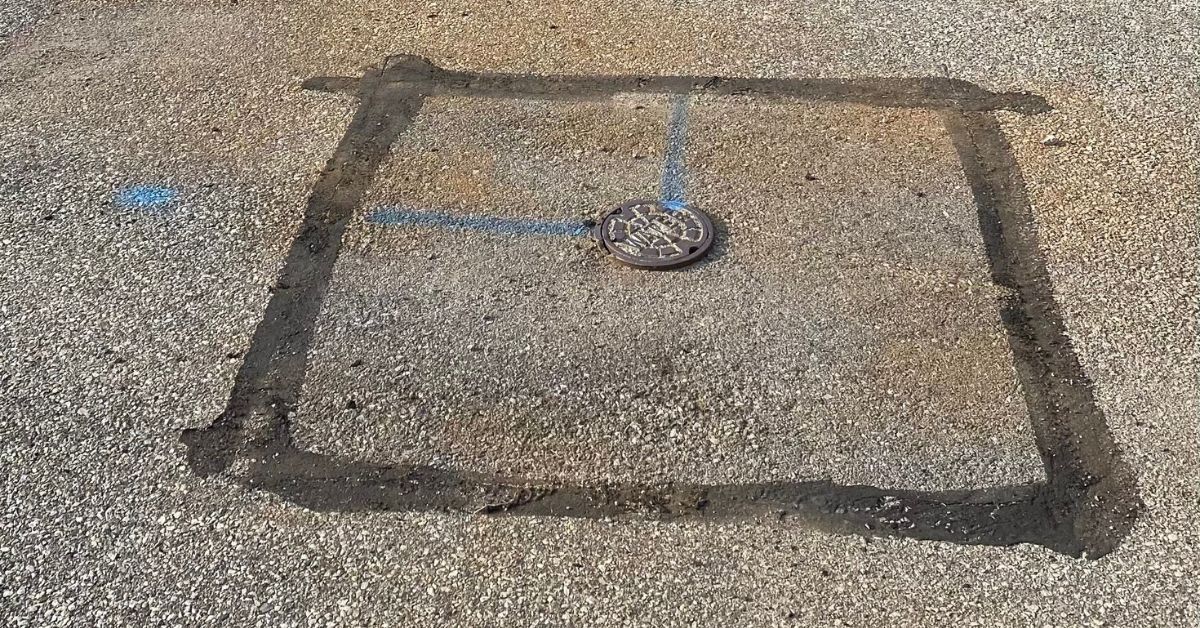
The Benefits of Utility Mapping
Accurate utility mapping provides many benefits to the user, which is why it's such a versatile service. Detecting and marking underground utilities prevents accidental strikes that could lead to delays, costly repairs, or hazardous situations. It also complies with safety regulations, reduces downtime through better project planning, and avoids unexpected costs from service interruptions or utility damage.
Utility mapping is also a necessity for the environment, as it prevents breaches in systems like water mains or gas pipelines and enhances public safety by identifying dangerous infrastructure. With these advantages, utility mapping has become essential for successful, efficient, and safe project execution. From reducing risks to streamlining planning, industries rely heavily on this service to meet regulatory standards, protect the environment, and safeguard workers and the public.
Industries That Utilize Utility Mapping
Many sectors require excavating or soil removal of some kind for building, maintenance, and even research. The industries that need utility mapping services span the gamut of trades, from construction to telecommunications to real estate.
1. Construction
Utility mapping plays an integral role in any construction project. Before excavation begins, identifying underground utilities ensures construction crews can complete building foundations, trenches, and other structures without damaging existing infrastructure. This minimizes project delays and prevents avoidable hazards, such as striking underground power lines.
2. Civil Engineering
Civil engineers rely heavily on utility mapping to design and execute infrastructure projects. Whether they're working on highways, bridges, or sewer systems, having a precise map of underground utilities helps engineers optimize designs and avoid conflicts between existing infrastructure and new construction.
3. Utilities (Water, Gas, Electricity)
Naturally, utility mapping is a necessity when it comes to the installation, repair, and maintenance of underground utilities. Utility providers, including water, gas, and electric companies, rely on mapping to maintain, repair, and expand their networks. Accurate mapping enables providers to detect leaks, service lines efficiently, and carry out maintenance work safely and effectively.
4. Transportation and Infrastructure
Transportation projects such as railways, airports, and highways require utility mapping to guarantee seamless construction and operation. Mapping makes it possible to relocate utilities when necessary and avoid disruptions during major additions or expansions.
5. Telecommunications
The rapidly growing telecommunications industry utilizes utility mapping to manage fiber optic cables and other vital infrastructures. Knowing the exact location of telecom cables helps providers expand their networks without damaging existing systems, ensuring uninterrupted service for customers.
6. Environmental and Geotechnical Services
Environmental and geotechnical firms use utility mapping to assess land for potential risks or contamination during site investigations. Mapping underground infrastructure provides critical context for soil testing, groundwater monitoring, and environmental remediation efforts.
7. Urban Planning and Development
Urban planners incorporate utility mapping into their designs to prevent potential conflicts between existing utilities and planned developments. A clear understanding of underground infrastructure ensures the efficient and safe completion of projects such as new roads, public spaces, and housing developments.
8. Oil and Gas
Utility mapping is essential for oil and gas companies working with extensive pipeline networks. Mapping ensures leak detection, assists with routine maintenance, and minimizes the risk of incidents during drilling or excavation. Without accurate maps, this industry faces significant operational risks.
9. Mining and Resource Extraction
Resource extraction typically involves drilling and excavation. Proper mapping prevents damage to nearby utilities and ensures regulatory compliance, especially in highly monitored environments.
10. Real Estate and Property Management
Real estate developers and property managers use utility mapping to assess potential sites for development. A clear understanding of utilities can enhance property valuations and avoid costly delays in project approval, financing, or construction.
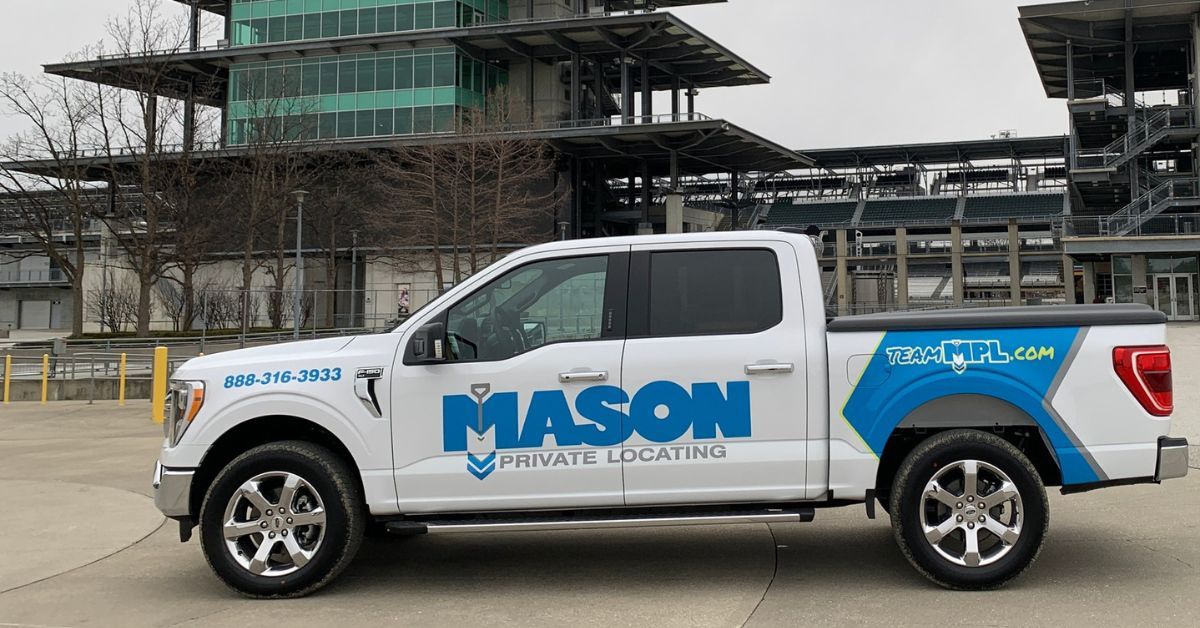
Find Utility Mapping Services at Mason Private Locating
Utility mapping is an undertaking that supports industries and businesses across the spectrum. Whether you're building skyscrapers, expanding utilities, or considering a new residential project, accurate utility mapping will streamline your operations, reduce risks, and comply with safety standards.
If your business or project requires dependable utility mapping services, Mason Private Locating is here to help. With state-of-the-art technology and a team of experts, we provide accurate and comprehensive underground mapping for your needs, no matter the industry. Contact us today to conduct a successful and safe project.


